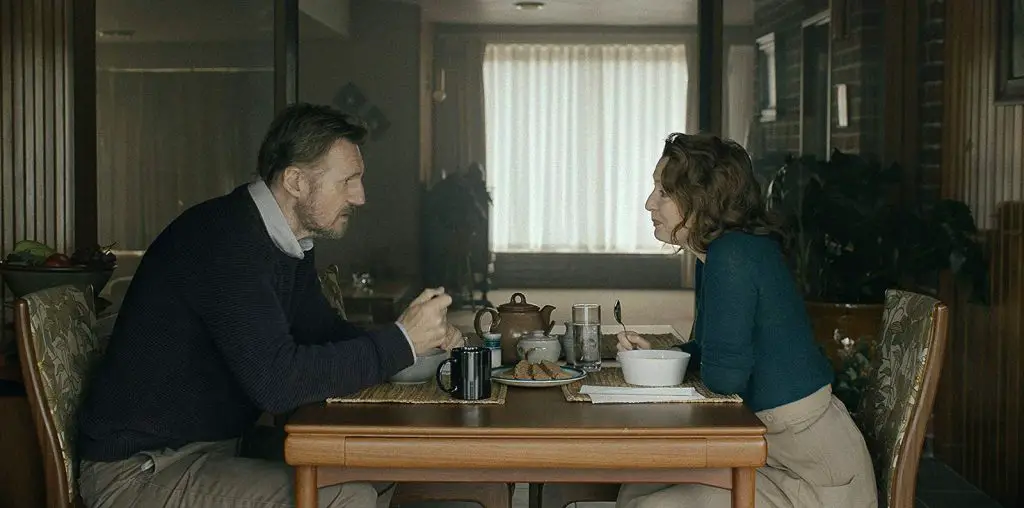
So it was not with great enthusiasm that I entered a theater to see the remake of The Texas Chainsaw Massacre. Despite a killer trailer, and that promise by the producers to stay true to the original film, I was skeptical that a music video director making his feature debut was going to present me with anything that I wouldn’t find as pointless as Gus Van Sant’s inane Psycho remake. Besides, the original is a personal favorite, and even if this one was good, the shadow it needed to escape seemed impossibly long.
It is with some nervousness then that I will say this up front, and hope you don’t stop reading immediately: the remake is better. And yes, that’s a miracle. I love the original “Chainsaw” – I love John Larroquette’s frank narration, the photoflashs of carnage, the chase scene in the dark woods, the opening shot of the corpse affixed to the headstone. For a film with those financial limitations, the photography is stunning, and the raw, low-budget graininess still makes the thing terrifying today.
But the remake accomplishes even more. It’s apparent three minutes in that this film has a far superior screenplay. The characters are immediately more likeable – Jessica Biel’s character is one you’re genuinely rooting for, and that’s saying a lot of any horror film centered on a group of teenagers. It’s important in a horror film, if it’s going to be truly scary, that the audience actually care what happens to the victims, and that’s one key department where the remake is leaps and bounds ahead of the original, whose shrill, irritating teens could barely be less sympathetic. Even better yet, the heroine in the remake is hardly a pushover – she actually fights back, and frequently gives as good as she gets. And, as should be expected of a movie with a budget to hire professional actors, the performances in the remake are superior – Biel makes a feisty heroine, and R. Lee Ermey does his best work since “Full Metal Jacket” as the redneck patriarch of the clan. A smart script adds some women to Leatherface’s family, and some creative casting puts a host of genuinely interesting people in those supporting roles.
The room full of chicken parts is gone, but a dynamite production design (the movie has the good sense to keep the story based in the Seventies) and an incredibly forboding Southern Gothic house more than make up for it. The cinematography, by the same lensman who shot the original, is jarringly poetic, beautifully capturing the heat and aridity of the Texas landscape. The editing is equally sharp –unlike the original, this one doesn’t take forty-five minutes to get going. Frightening new sequences include a grainy newsreel that bookends the movie, a shocking suicide that kicks the plot into motion, and a killer third-act chase scene set in a slaughterhouse. Wisely omitted are some of the original’s goofier touches, like Leatherface’s cross-dressing and the let’s-feed-Grandpa bit.
The original “Chainsaw” has always been praised for its use of implied gore. It’s true that the remake puts a lot more of this gore onscreen, but unlike most contemporary horror films, it never substitutes its gore for well-crafted, expertly staged suspense. Marcus Nispel’s “Chainsaw” understands the careful balance of atmosphere, pace, plotting and character.
The new “Chainsaw” isn’t revolutionary enough to achieve the kind of classic status that the original enjoys. It won’t change the landscape of horror films the way Tobe Hooper’s film did. But it does signal the triumphant return of my beloved hillbilly villain, and as the rare thriller with a healthy dose of good scares and a solidly maintained level of feverish tension, it has been a breath of fresh air in the creatively stagnant world of modern horror films.
Time for some Back Talk>>>
